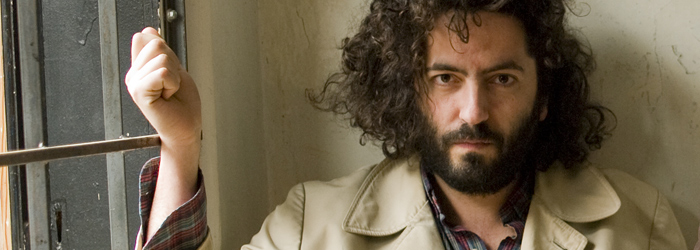In the wake of yet another critically acclaimed, lyrically daring, commercial left turn, people are beginning to truly obsess over Destroyer. The frontman of the Canadian indie-rock band, Dan Bejar, still doesn’t seem to get what all the fuss is about.
“It’s all stuff I’ve mined before, it’s like an era and feeling that comes very natural,” Bejar explained. “In many ways Poision Season is everything I like thrown at one canvas [….] I bet anyone who’s made 10 records have their [sound] all over the place…I like all sorts of different things.”
Despite his nonchalance, Poison Season is far from a typical Destroyer record, much less a typical record at all. Working closely with string arranger Stefan Buell, Bejar’s newest record is equal parts Young Americans-era plastic soul and chamber music. In many ways, it’s Destroyer’s darkest album yet, despite a few moments of pop bliss.
“Stefan’s arrangements were kind of eye openers,” Bejar said.”Sometimes they were in deep contrast to what I initially felt was the natural setting of the song. I was also expecting a world that was very alien to what I knew and I was right about that.”
Destroyer is currently in the midst of a North American tour, touching down at Montreal’s Fairmount theatre on Oct. 1. In contrast to solo acoustic shows that he’s played in the past, Bejar is once again touring with a full band.
“There’s challenges when it’s me, by myself, finding arrangements for very simple guitar and voice for songs that weren’t recorded or imagined that way,” he explained. “What we’re doing on this tour is not that different from when we went into the studio.”
In addition to Destroyer, Bejar is also a longtime member of Canadian indie-rock royalty The New Pornographers, contributing three songs to their most recent album, Brill Bruisers (2014).
On the topic of his trademark songwriting for Destroyer, however, Bejar was typically cryptic.
“I think it changes,” he said. “It’s always a collaboration musically. I think maybe [lyric writing] has changed subconsciously to match my current way of singing, but I don’t really sit down and think about it. It’s just a little mist that I happen to walk through [.…] When the real work is to be done, I sit down and find a chord structure so I can show it to the band. At that point the work is about 2 per cent done.”









